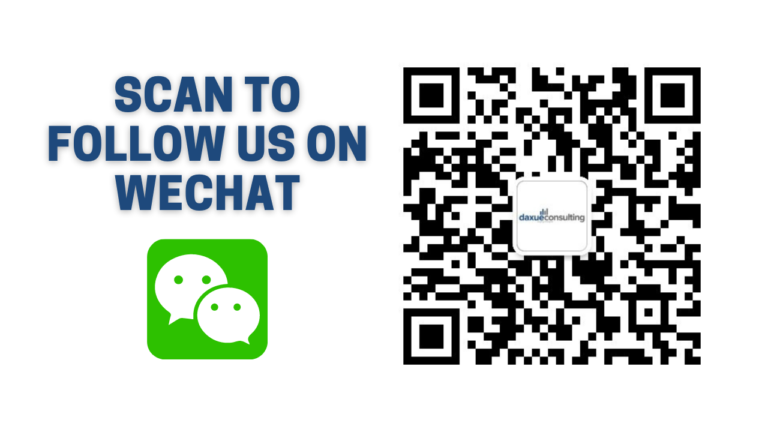In this episode of China paradigm, Matthieu David interviews Thomas Morisset, CEO of the Saas made for goods. Through the story of Made for goods, we explore how to build and run a SaaS product in China. Thomas Morisset explains how he found his co-founders, his business model and how to enter the WeChat ecosystem.
China paradigm is a China business podcast sponsored by Daxue Consulting where we interview successful entrepreneurs about their businesses in China. You can access all available episodes from the China paradigm Youtube page.
Make the new economic China Paradigm positive leverage for your business
Do not hesitate to reach out our project managers at dx@daxue-consulting.com to get all answers to your questions





